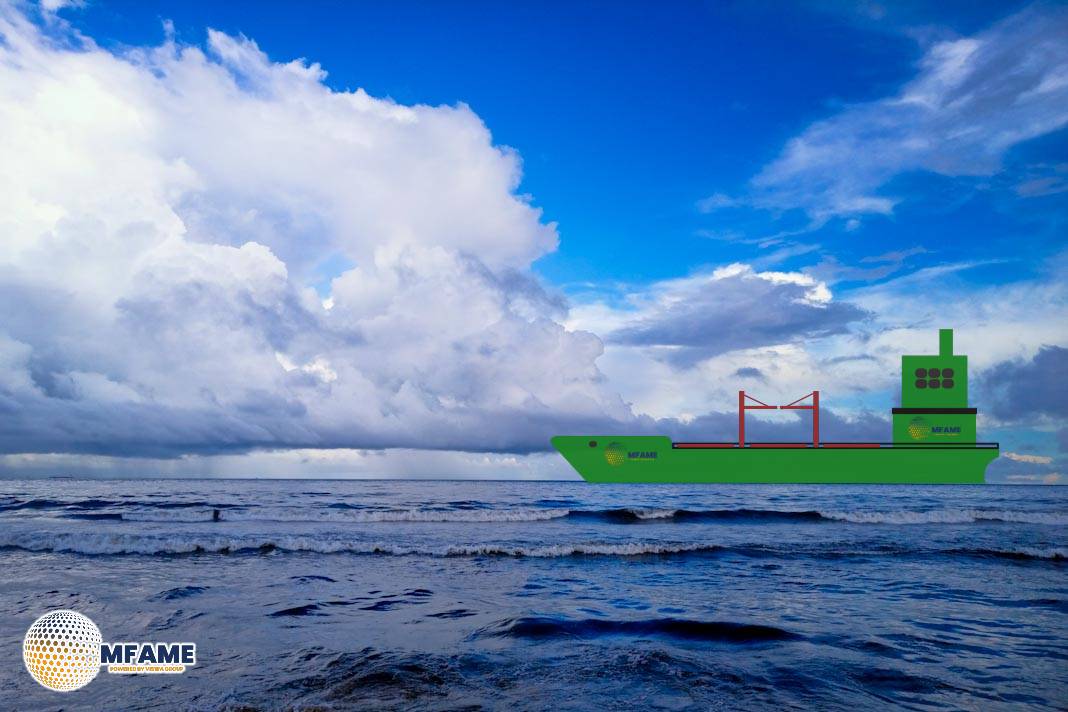- Iraq holds 19% share in the Gulf crude supply.
- Basrah port handles 97.5% of Iraqi exports.
- Iraq targets 6 million bpd by 2029.
The United States has slapped a hefty 25% tariff on Indian exports due to its ongoing purchases of Russian crude oil and military gear, with another 25% tariff set to kick in later this August. If this goes through, India’s total tariff burden will skyrocket to 50%, making it one of the highest among all U.S. trade partners, reports Break Wave Advisors.
Iraq’s Role in Asian Crude Demand
In the Arabian Gulf, Iraq stands as the third-largest supplier of crude oil, holding a 19% market share, trailing only behind Saudi Arabia and the UAE. China and India are the main players in Iraq’s crude export scene, making up 48% and 38.4% of exports, respectively, according to tanker tracking data from July 2025.
Iraq’s exports are quite centralised, with a staggering 97.5% of crude leaving through Basrah Port and 94% processed at the Al Basrah Oil Terminal (ABOT). Very Large Crude Carriers (VLCCs) make up 88.3% of these shipments. Key destinations include China’s Cezi Dao Terminal (10.8%) and major Indian refineries like Reliance Jamnagar SPM (8.8%), Paradip (6.2%), and Vadinar (5.2%).
Upstream Expansion and Field Development
Iraq is on a mission to ramp up its upstream development, with a bold goal of hitting a capacity of 6 million barrels per day (bpd) by 2028–2029. In the first half of 2025, the Iraqi Drilling Company made significant strides by completing 113 oil wells, 27 of which were newly drilled and 86 that were rehabilitated. The focus of these expansion efforts is on supergiant fields like West Qurna 1, Zubair, Rumaila, Majnoon, Faihaa, and Ratawi.
West Qurna 1, managed by PetroChina, is expected to reach 750,000 bpd by the end of 2025. Meanwhile, Nahr Bin Omar, which is being redeveloped by Halliburton, aims to boost its output from 50,000 to 300,000 bpd. There’s also a redevelopment plan for the Kirkuk cluster in collaboration with BP, targeting recovery in the northern fields. This upstream growth is being bolstered by modernising infrastructure, which includes upgrades to pumping systems, improvements in energy supply, and enhancements at the ABOT terminal.
OPEC Plus Constraints
Even with increased technical capacity, Iraq’s exports are still limited by OPEC Plus quotas. In May and June 2025, exports averaged 3.2 million bpd, a dip from 3.4 million bpd earlier in the year. The OPEC Plus decision in July 2025 confirmed a gradual easing of voluntary cuts starting in October 2025, which gives Iraq only a little leeway for increasing exports. The government has reiterated its commitment to staying within the quota limits.
Infrastructure Modernization
At the beginning of 2025, Iraq upgraded the ABOT terminal with new high-capacity pumps and metering systems, raising its effective export capacity to over 3.3 million bpd. While this provides some technical flexibility, actual export flows are still constrained by quotas. Ongoing investments in pipeline integration and terminal systems are in progress to support future growth in volume.
Export Trends and July Rebound
Iraq’s crude exports have seen some ups and downs throughout 2025, with a noticeable dip in May that hit rock bottom in June, only to bounce back in July. This recovery coincides with the seasonal restart of refineries and increased stockpiling in China and India. The rebound also came on the heels of drone attacks in northern Iraq’s Kurdistan region, which momentarily disrupted operations and highlighted the geopolitical risks in the north, making southern Gulf export routes even more crucial.
Iran’s Pricing Adjustments
In July 2025, Iran made some cuts to its official selling prices (OSPs) for buyers in Asia:
- Iran Light: +$1.50 compared to Oman/Dubai, down from +$1.80.
- Forozan Blend: +$0.05 compared to Oman/Dubai, down from +$0.10.
- Iran Heavy: -$0.20 compared to Oman/Dubai, a deeper discount from -$0.15.
These changes are aimed at making Iranian grades more appealing to price-sensitive Asian refiners, especially during times of regional volatility.
Shifting Dynamics: China and India
China is ramping up its presence in Iraq’s upstream sector. Companies like Geo-Jade, United Energy Group, Zhongman, and Anton are planning to double their output to 500,000 bpd by 2030, backed by integrated projects such as Geo-Jade’s South Basra complex, which includes refinery and petrochemical capabilities.
On the other hand, India is facing short-term challenges due to U.S. sanctions and tariff threats, which have led refiners to hit pause on Russian crude spot purchases. The Indian Oil Corporation (IOC) has been diversifying its sources by buying WTI, Das blend, and Western Canadian Select, but Iraqi crude still stands out as a long-term strategic choice for India’s refineries, thanks to its grade compatibility and established logistics.
Did you subscribe to our daily Newsletter?
It’s Free Click here to Subscribe!
Source: Break Wave Advisors


















